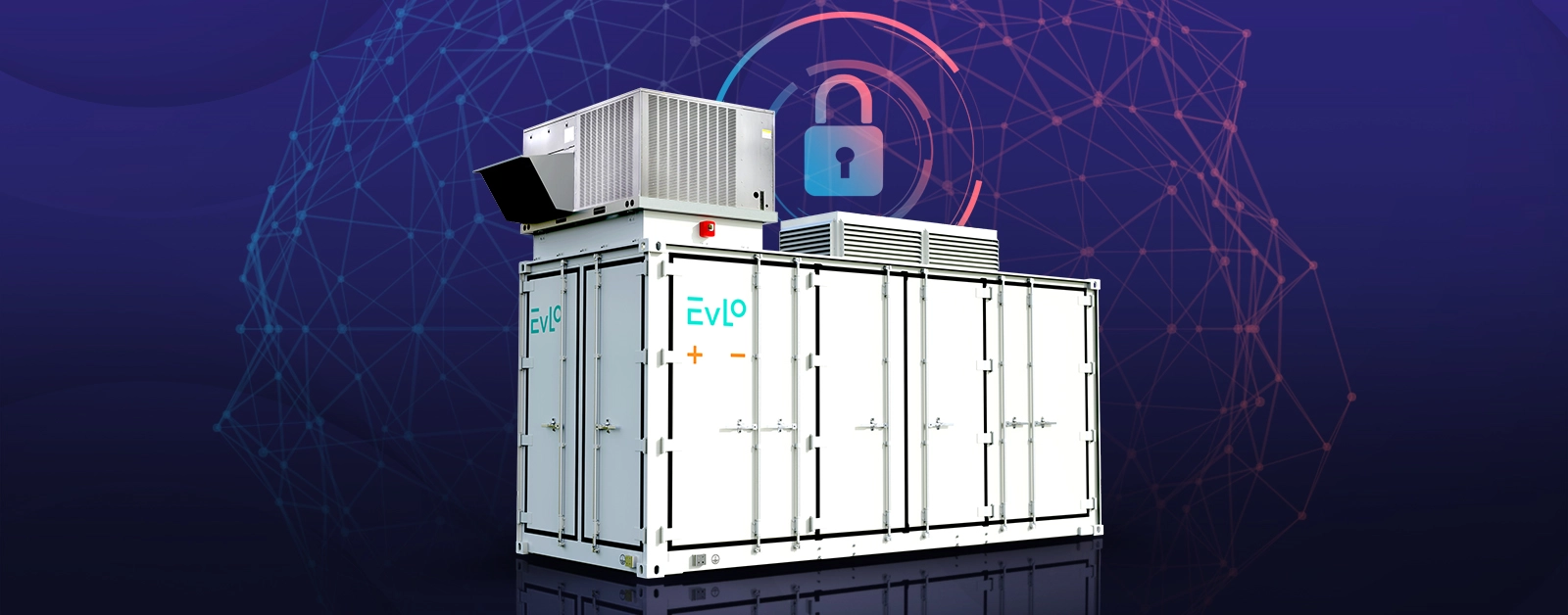White papers
Ensuring CyberSecurity in Grid-Connected Storage Assets
May 8, 2024

Why Cybersecurity in Energy Storage is More Crucial Than Ever
Growing connectivity and network convergence bring efficiency to the grid but also create new vulnerabilities.
As an essential component to support North American grid operators in meeting the constraints of the real-time demand-supply equilibrium, energy storage systems need to be adequately protected and compatible with the North American Electric Reliability Corporation (NERC) standard to ensure they can’t be used to compromise the grid on which so many rely.
Download our latest white paper to learn more about the 5 pillars of cybersecurity in energy storage and how EVLO ensures the security of its BESS at every level.
